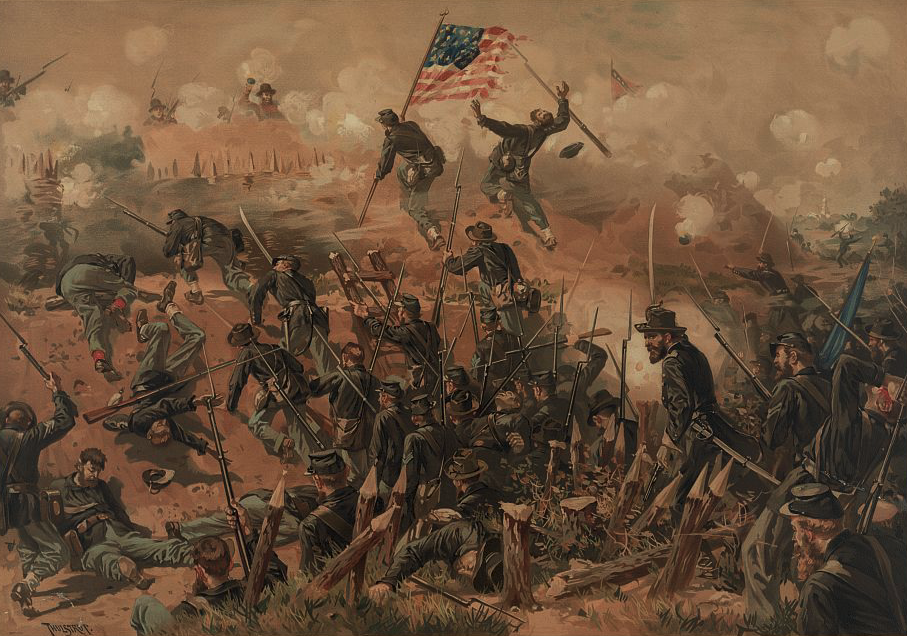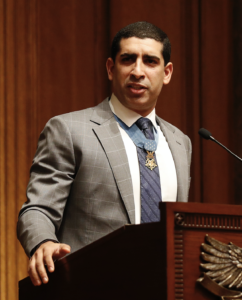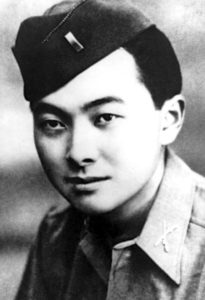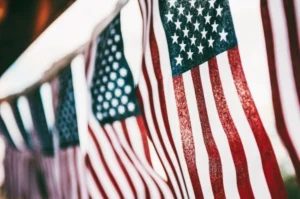On the morning of May 22, 1863, 150 volunteers from the Union Army charged the formidable Stockade Redan along the Confederate defensive lines outside of Vicksburg, Mississippi. This group was tasked with placing planks across the deep ditch in front of the fort and scaling ladders upon its earthen façade. Given the hazardous nature of this mission, the group was termed a “Forlorn Hope.” Few were expected to survive. Those who did – only 81 of the original 150 – were awarded the Medal of Honor.
Vicksburg is the Key
Major General Ulysses S. Grant’s brilliant campaign of May 1863 had led to the defeat of several Confederate armies, bringing him to the outskirts of his objective – the city of Vicksburg. President Lincoln, well aware of Vicksburg’s strategic value, had called the city high on the bluffs above the Mississippi “the key,” and said that “the war can never be brought to a close until that key is in our pocket.” Now it was up to Grant and his Army of the Tennessee to deliver it.
Thinking the Confederate forces under the command of Lieutenant General John Pemberton must be worn and demoralized, Grant ordered an assault on the fortified Confederate lines on May 19. This assault was bloodily repulsed. Seeking to avoid a prolonged siege and undeterred by the failure of his first attack, Grant intended to employ his entire army for an assault on May 22. This time, through planning and preparation, Grant looked to breakthrough.
The Stockade Redan
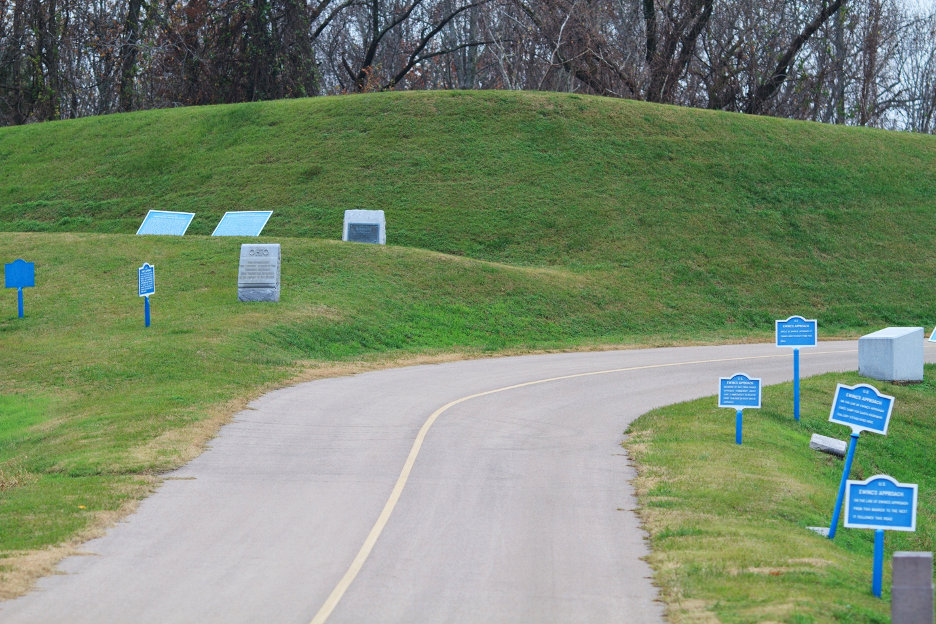
One of the key points along the three-mile Confederate line was a series of fortified lines and earthen fortresses guarding the Graveyard Road. This segment was called the Stockade Redan complex, and its chief feature was a large earthen fort called Stockade Redan. In the attack on May 19, the Union soldiers had found the deep ditch in front of the fort too difficult of an obstacle to pass through. Assigned to this part of the line, Union Major General William T. Sherman and his XV Corps sought a group of volunteers who would precede the next attack. This group would carry bundles of sticks (or fascines), planks, logs, and scaling ladders to the front of Stockade Redan. Creating a bridge across the six-foot-deep ditch and placing scaling ladders on the fort’s façade would undoubtedly make the next attack far more successful. Of course, everyone anticipated that this group of volunteers would suffer heavy casualties. Because of their expected sacrifice for the greater good, they would become known as “The Forlorn Hope.”
Not having been told much about the mission, more than twice the required number of soldiers volunteered. From that group, 150 men from various regiments in Sherman’s corps were selected for this important role.
The Forlorn Hope Advances
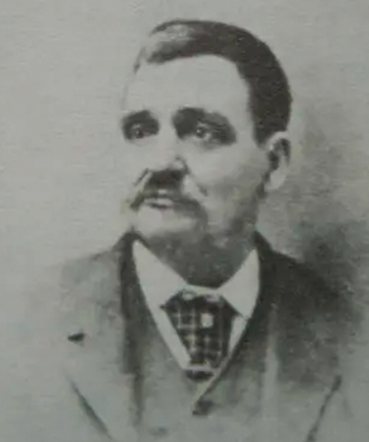
After a heavy bombardment by Union artillery ceased at 10 am, the men of the Forlorn Hope stepped off, over open ground, toward their objective one-quarter mile away. Log carriers were assigned two to a log. As this group made their way down the road, the Confederate soldiers along the line and in the Redan took to their parapets and delivered devastating rifle and artillery fire. Many men of the Forlorn Hope were hit, and their bodies practically covered the road. Medal of Honor recipient Sergeant George Hyatt of the 127th Illinois Regiment remembered the road as being “swept by a perfect hurricane of shot and shell. There was a constant whizz of bullets, and it didn’t seem as if a man of us could reach that fort without being shot full of holes.” Those, like Hyatt, who somehow survived placed their fascines, boards, and ladders across the ditch and on the fort. They then hunkered down, awaiting Sherman’s assault. Confederates, unable to depress their cannon barrels to hit the Union soldiers in the ditch, turned to rolling artillery shells down the slope of their fort.
One member of the brave company – the color bearer – was Private Howell Trogden of the 8th Missouri Regiment. Trogden, carrying the Union colors, was an obvious target for the Confederate riflemen. A piece of canister from a Confederate shell severed his flagstaff in two. Another shell tore away half of the flag. Despite these close calls, Trogden carried the remnants of the flag to the walls of Stockade Redan and planted them into its side. The Confederates tried to find a way to pull this flag into their lines but were thwarted with every attempt. At one point they even invited Trogden into their lines to “take dinner with us.” Trogden would remain next to the flag until nightfall, when he was able to return with it – an act that later earned him the Medal of Honor.
“Like Grass Before the Reaper”
The men of the Forlorn Hope had done what they could. Now it was up to the regiments of Sherman’s XV Corps to pass over and take Stockade Redan and the lines nearby. The survivors of the Forlorn Hope, seeking shelter in the defensive ditch, half expected to see the Union attack hot on their heels, but instead, they saw….nothing. No attack. No men. Evidently, the orders to the units assigned to attack had not been communicated. The plan was quickly unraveling.
Sherman, livid at this error, had promised Grant an assault and he would stay true to his word. Ordered to move forward, the stunned Federal soldiers pressed down the Graveyard Road toward the stout Confederate lines. Like the men of the Forlorn Hope, this new force was savaged by Confederate rifle and artillery fire. One Confederate from the 36th Mississippi said the Federal soldiers “fell like grass before the reaper.” Sherman ordered more attacks, but each was driven back with frightful casualties. Sherman’s May 22nd assaults against Stockade Redan and its nearby lines would cost him roughly 3,000 dead and wounded soldiers.
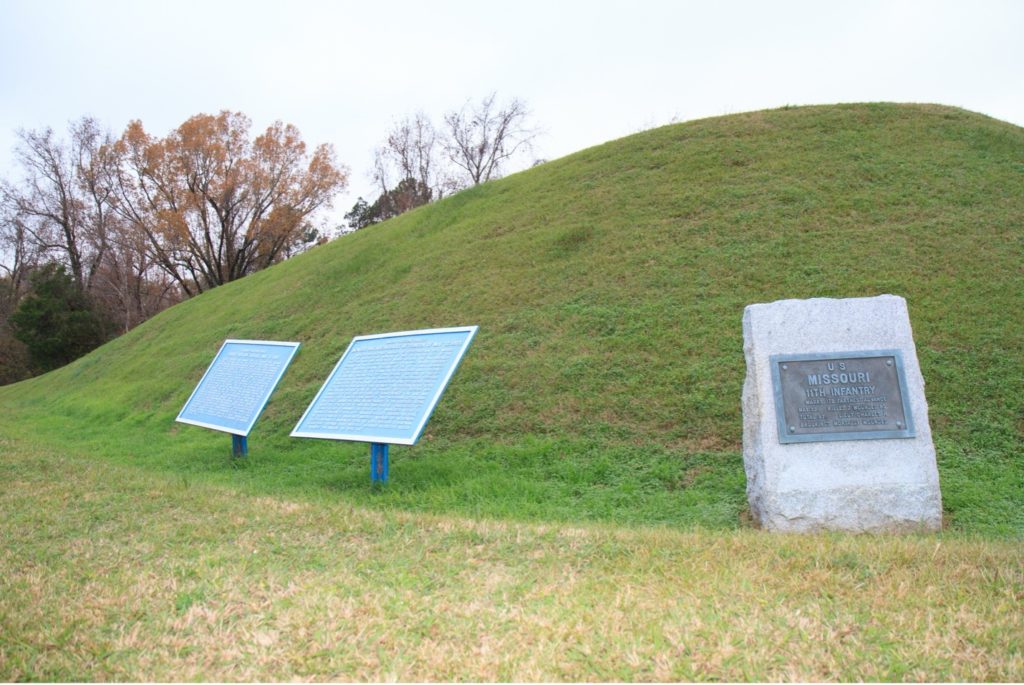
The survivors from the Forlorn Hope also raced back toward the Union lines, some using the cover of darkness. Of the 150 men who advanced, only 81 would make it back alive, and most of them were wounded. Despite the failure of the overall assault, the bravery and selfless sacrifice of these 150 volunteers was recognized by all. Per the norms of the time, only survivors of the attack were awarded the Medal of Honor. And some of the 81 recipients from the Forlorn Hope mission would not receive their medals until the final years of the 19th century.
After surveying the bloody toll from the May 22nd assault, Grant would reluctantly settle into a siege of the city. It would take until July 4, 1863, for the Confederates to finally surrender their forces and their strategic town.
Learn More about the “Forlorn Hope”
“The Forlorn Hope” (Emerging Civil War)
George Theodore Hyatt and the Assault of the Forlorn Hope (PDF)
The “Forlorn Hope” at Vicksburg
Storming Vicksburg: Grant, Pemberton, and the Battles of May 19-22, 1863 by Earl Hess
